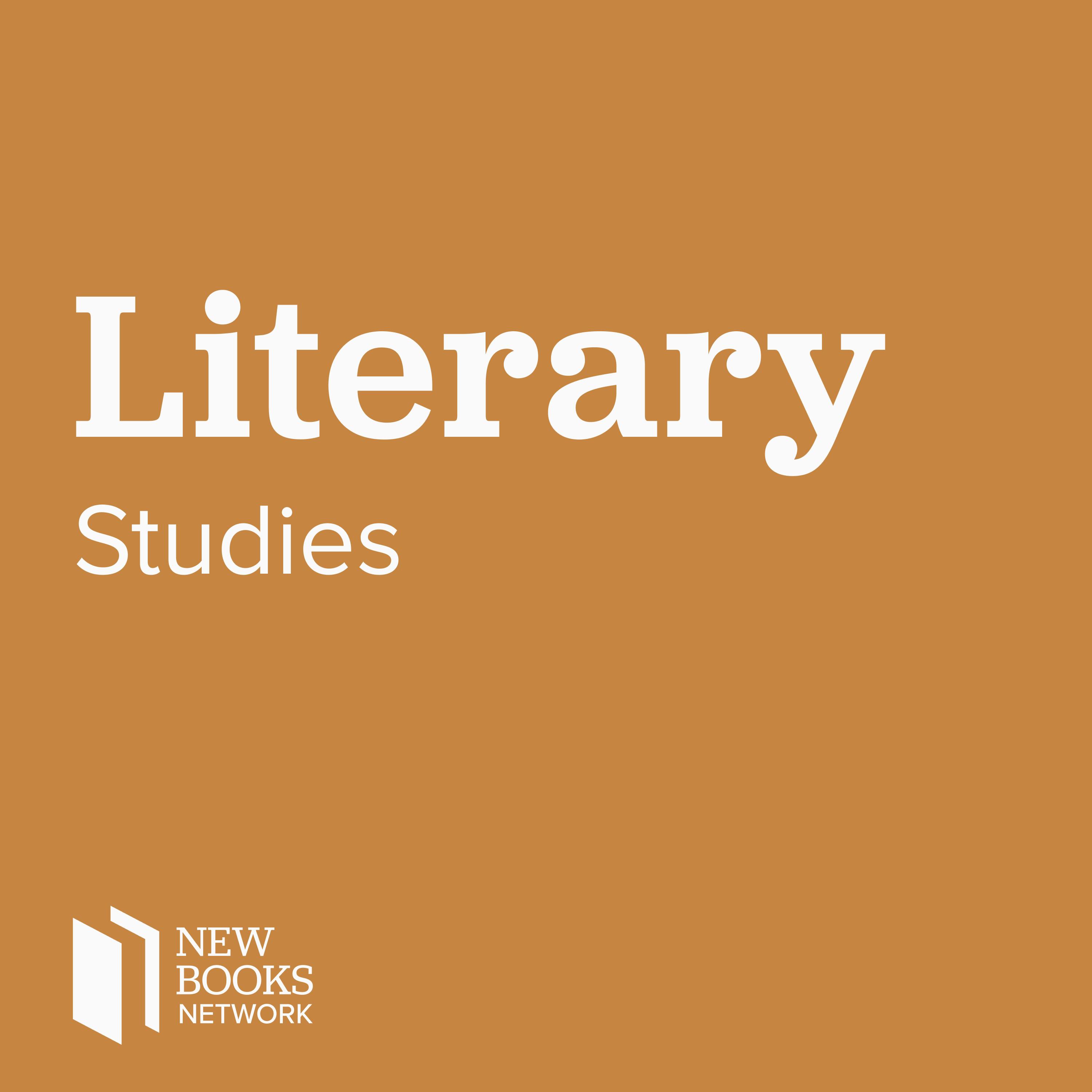
Rachel Gordan, "Postwar Stories: How Books Made Judaism American" (Oxford UP, 2024)

New Books in Literary Studies
Shownotes Transcript
The period immediately following World War II was an era of dramatic transformation for Jews in America. At the start of the 1940s, President Roosevelt had to all but promise that if Americans entered the war, it would not be to save the Jews. By the end of the decade, antisemitism was in decline and Jews were moving toward general acceptance in American society.
Drawing on several archives, magazine articles, and nearly-forgotten bestsellers, Postwar Stories: How Books Made Judaism American) (Oxford University Press, 2024) by Dr. Rachel Gordan examines how Jewish middlebrow literature helped to shape post-Holocaust American Jewish identity. For both Jews and non-Jews accustomed to antisemitic tropes and images, positive depictions of Jews had a normalising effect. Maybe Jews were just like other Americans, after all.
At the same time, anti-antisemitism novels and “Introduction to Judaism” literature helped to popularise the idea of Judaism as an American religion. In the process, these two genres contributed to a new form of Judaism—one that fit within the emerging myth of America as a Judeo-Christian nation, and yet displayed new confidence in revealing Judaism's divergences from Christianity.
This interview was conducted by Dr. Miranda Melcher whose* forthcoming book*)* focuses on post-conflict military integration, understanding treaty negotiation and implementation in civil war contexts.*
Learn more about your ad choices. Visit megaphone.fm/adchoices)
Support our show by becoming a premium member! https://newbooksnetwork.supportingcast.fm/literary-studies)